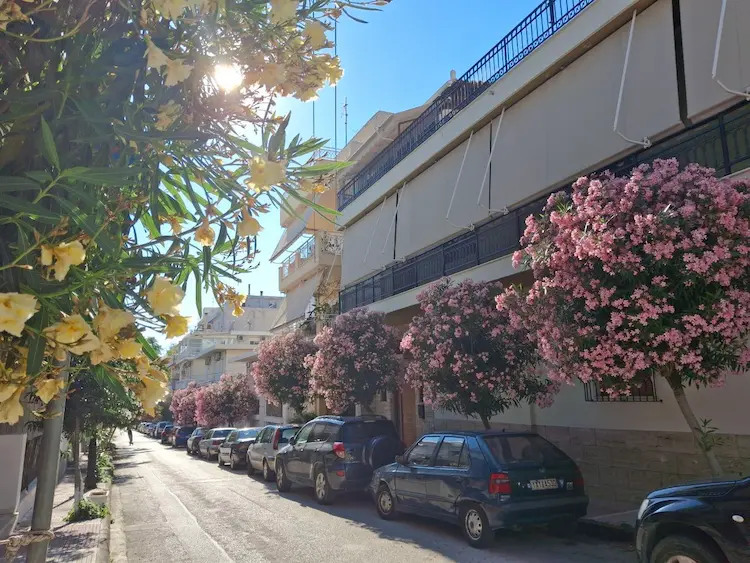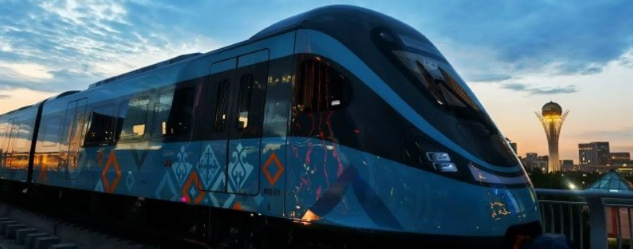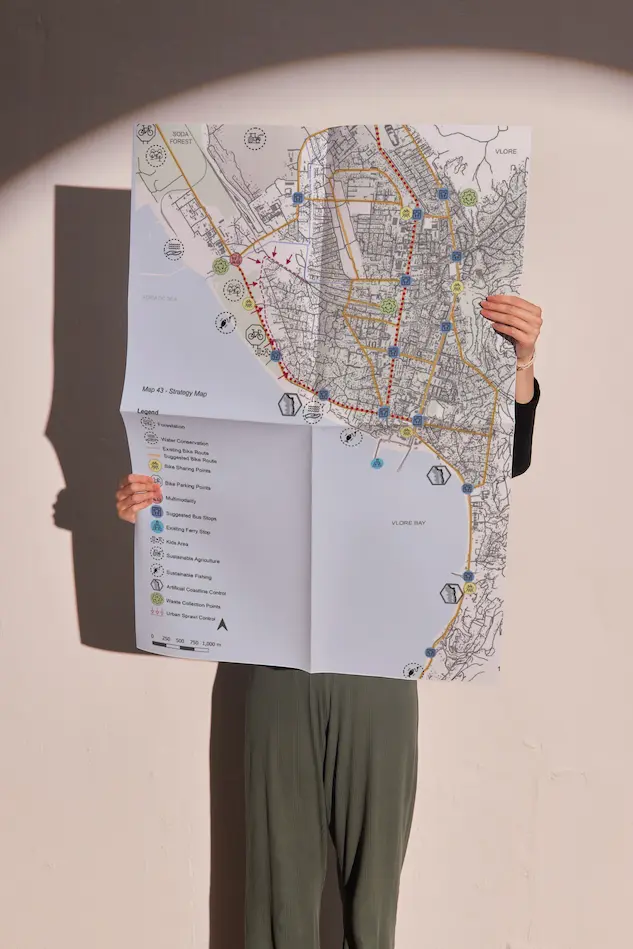As record heat waves become the new normal, urban heat adaptation is emerging as a critical strategy for cities seeking to protect public health, infrastructure, and economic productivity.
When cities become ovens
The summer of 2024 shattered temperature records across continents. In Spain and Southern Europe, asphalt surfaces reached blistering highs, while in the United States, cities like Phoenix endured more than 56 consecutive days above 43°C (109°F).
According to a 2022 report by the UN Office for the Coordination of Humanitarian Affairs and the International Federation of Red Cross and Red Crescent Societies, extreme heat events that previously occurred once every 50 years are now five times more likely. If global warming reaches 2°C, such events could become 14 times more frequent.

The implications are stark: the same report estimates that by 2100, as many as 600 million people could be exposed to dangerous levels of heat and humidity. In parallel, researchers at Columbia University’s Earth Institute project that up to 83 million people could die from heat-related causes globally by the end of the century if current trends continue.
The World Bank estimates that heat-related productivity losses in major cities could cost the global economy over $2.4 trillion annually by 2030, particularly in sectors that rely on outdoor labor. Urban areas, characterized by concrete, asphalt, and limited greenery, are particularly susceptible to the Urban Heat Island (UHI) effect. This phenomenon causes cities to experience higher temperatures than their rural surroundings, exacerbating the impacts of global warming. As climate change progresses, the frequency and severity of heatwaves are expected to increase, posing significant challenges to urban living.
Understanding the urban heat island effect
The Urban Heat Island (UHI) effect describes the temperature difference between densely built urban areas and their rural surroundings. Multiple factors contribute to this:
- Surface materials: Asphalt and concrete absorb and retain heat, emitting it slowly at night. Their low albedo reflects less sunlight, intensifying heat buildup.
- Lack of vegetation: Trees and green spaces cool the air through evapotranspiration and shading. Without them, urban areas lose their natural cooling systems.
- Urban geometry: Dense clusters of tall buildings and narrow streets trap heat and inhibit airflow—creating “urban canyons.”
- Waste heat: Emissions from vehicles, air conditioners, and industrial processes further raise temperatures.
The consequences are alarming. Cities can be up to 7°F (4°C) warmer than nearby rural areas during the day and up to 22°F (12°C) warmer at night. In Europe, a study of 93 cities found that UHIs contribute to about 6,700 premature deaths annually, making up 4% of all summer deaths.
Importantly, UHI also exacerbates social inequities. Low-income and minority neighborhoods often experience significantly higher temperatures due to a lack of green space and outdated infrastructure.
Understanding UHI is the first step toward strategic urban heat adaptation. As cities grow, designing for thermal resilience will be essential for protecting public health, reducing mortality, and safeguarding economic activity.

Global urban heat adaptation strategies in action
Cities around the world are piloting and scaling innovative solutions to combat UHI. These fall into three broad categories: nature-based solutions, cool materials and technologies, and climate-adaptive urban space planning.
Urban tree canopy
Nature-based solutions involve integrating vegetation and ecological systems into city design.
- Barcelona’s “Superblocks” initiative reorganizes city blocks to prioritize pedestrians and green spaces over vehicular traffic. By converting intersections into small parks and adding vegetation, these superblocks have been shown to reduce ambient temperatures and improve air quality.
- Melbourne’s Urban Forest Strategy. According to this strategy Melbourne aims to increase its urban tree canopy from 20% to 40% by 2040. This initiative focuses on planting diverse tree species to provide shade, reduce temperatures, and enhance biodiversity.
Urban tree canopy expansion shows strong returns: for every $1 invested, cities can expect up to $2.25 in economic, environmental, and public health benefits over time.
Cool surfaces and building technologies
Reflective and green materials can significantly reduce urban heat absorption.
- New York City’s Cool Roofs initiative involves coating rooftops with reflective materials to reduce building temperatures and energy consumption. Since its inception, the program has coated over 10 million square feet of rooftops, contributing to lower urban temperatures.
- Los Angeles has experimented with cool pavements by applying reflective coatings to streets. These surfaces can be up to 10°C cooler than traditional asphalt, helping to reduce the city’s overall heat.
- Athens’s government supports the implementation of green roof technologies especially on public buildings to combat extreme heat. These green roofs have significantly reduced indoor temperatures, enhancing comfort and reducing energy use.
Cool roofs can reduce building energy demand by 10–40% and extend the lifespan of roofing materials, lowering maintenance costs. At New Polis we have written about green roofs, other “new” forms of green spaces and positive effects. Shading can also be among the most effective strategies in ensuring the heat doesn’t reach the ground in the first place. It includes the use of constructions that can effectively cut down direct sun and help in shading not just the ground but also the vertical surfaces.

Rethinking urban space
Some cities are implementing holistic, city-wide frameworks that combine spatial planning with public services.
- Vienna has implemented microclimate strategies, such as adding green spaces and water features, to create cooler urban environments. These interventions aim to enhance the city’s resilience to heatwaves. They created an app ‘Cooles Wien’ (Cool Vienna), which can help citizens find a place to cool off in the summer.
- Toronto has established a network of “Cool Spaces,” including air-conditioned public buildings and shaded areas, to provide residents with relief during heatwaves. These spaces are part of the city’s broader strategy to address extreme heat events.
Urban heat adaptation must become a core pillar of urban planning, infrastructure investment, and climate policy. By embracing data-driven design, equitable green space distribution, and innovative cooling technologies, cities can build more resilient, livable environments for generations to come.


